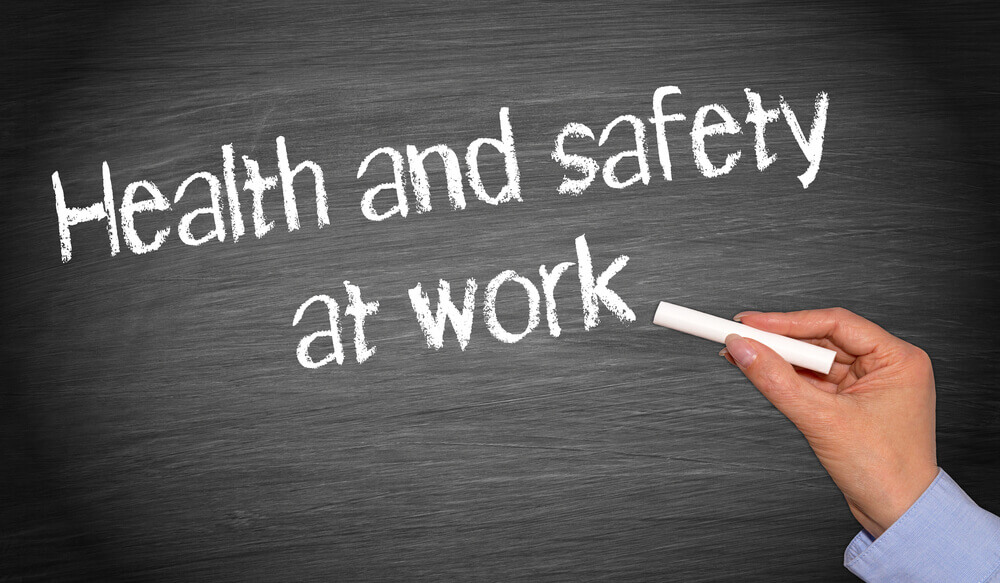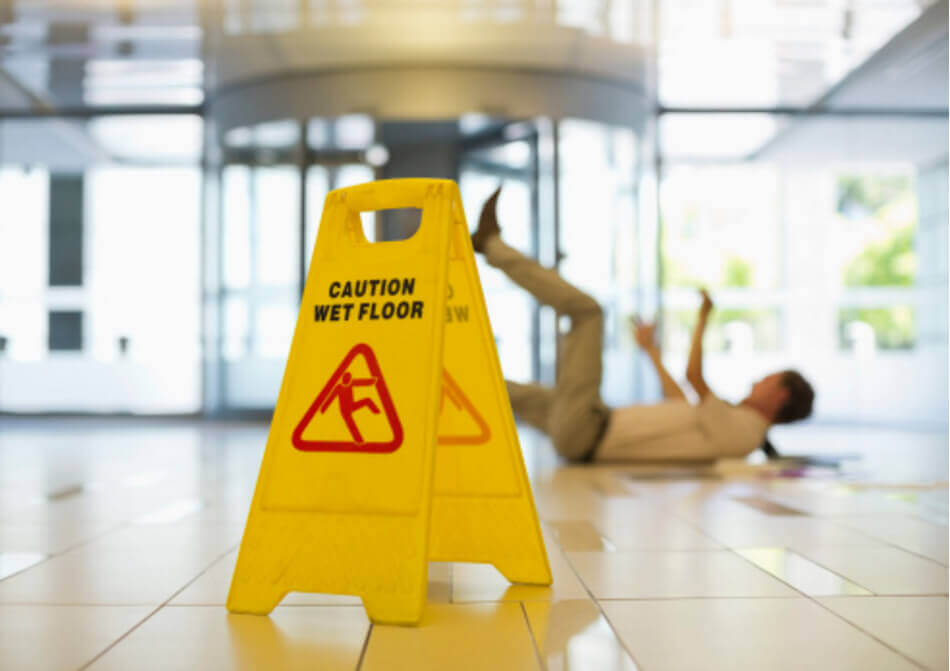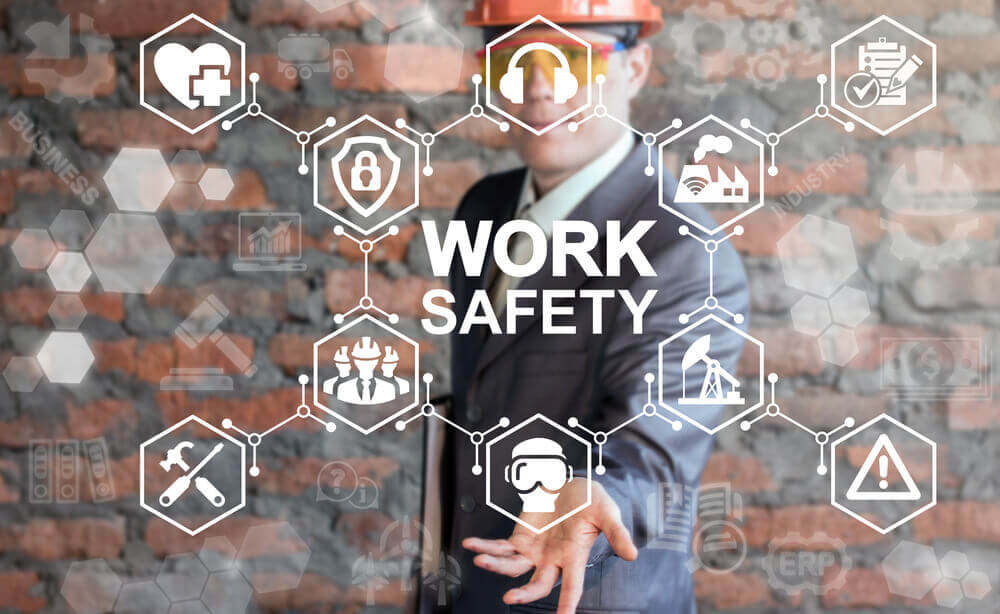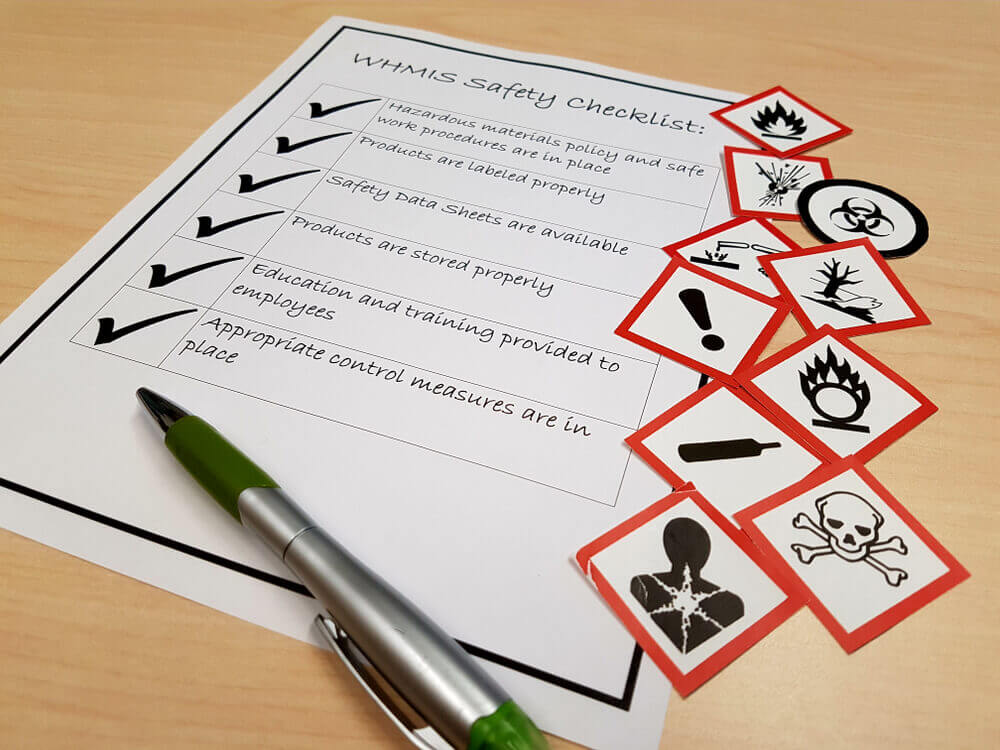
The Office Safety Training: A Beginner’s Guide
In today’s corporate world, people spend most of their time and energy in the office. As a result, people need

In today’s corporate world, people spend most of their time and energy in the office. As a result, people need to feel safe and comfortable in the place where they spend a lot of time, their office. The office safety training for employers and employees makes health and safety in the office more effective.
According to ILO, around 1 million accidents happen in workplaces each year. Many of these incidents can easily be prevented with proper office safety training in place. Ensuring office safety training helps to increase the health of employers and employees and, at the same time, positively affects a business. The blog is a guide to make you familiar with office safety training to avoid office hazards.
The office safety training or workplace safety training is the process and practice of ensuring a healthy and safe working environment for employees and visitors. Every employer and office owner must promote wellness in their office. In addition, it helps to prevent the likelihood of accidents in the office that can be fatal or cause injuries or property damage.

Health, Safety & Laws at Workplace refers to the learning and awareness programs to teach employees the prevention process and procedure to minimise risk in their job. Moreover, the office safety training is like compliance training given to protect an organisation and its people.
Workplace injuries and health issues have become a common problem in today’s world. People have to earn, and their work activities are more than their personal activities. The year 2020 and 2021 has been more challenging than ever with the Coronavirus pandemic in action. The time has come where office safety training is the basic safety requirement that minimises risks and injuries.

Injuries, illnesses, and deaths are costly for everyone in the workplace. An office can benefit and become more prosperous by ensuring office safety protocols and training. Every year, we lose millions of workdays because of illnesses, injuries, and accidents related to work and the workplace. The HSE reports that work-related illness affected 1.6 million workers in 2019. Therefore, costing the economy an estimated £16.2 billion.
As a result, employers must observe why health and safety are important and tackle the consequence, before they take serious turns. With poor health and safety maintenance, employees can suffer from:
Employers also face issues like:
With adequate office safety training in place, employers can minimise the amount of illness, injuries, and accidents and save and make more profits.
Health and Safety Executive (HSE) highlights some main causes of injuries at work in the UK. It shows all the causes of injuries and hazards that made more than 5% of the total injuries.

Following are some of the most common causes of non-fatal workplace accidents in the UK.
Injuries caused by a slip, trip and falling was the highest reason for workplace accident in the UK. These reasons are accountable for 29% of the injuries among other kinds of injuries.
Injuries that happen due to handling, lifting and carrying takes second place as the major cause of injuries during work. Some workers and staff suffer from injuries while lifting things, and some get injured during dealing with sensitive material. 19% of workplace injuries in the UK occur while handling, lifting or carrying.
The third reason for accidents at work happens by getting struck by moving objects. Workplaces where there is forklift and moving machinery objects are common ground for this kind of injury. HSE reports that around 11% of the injuries happen in work due to being hit by moving objects.
Office violence might seem like an unusual cause of injury or accident, but it is one of the top 5 causes of injuries in the UK. Act of violence is accountable for 9% of workplace injuries.
Fall from a height is most common in construction sites and heavy industries. Workers often hurt themselves by falling from heights and from not having proper protection gear in place. 8% of the accident that occurs in the workplace is caused by falling from a height.
A safe and healthy working atmosphere is important and necessary by law for sort of business and offices. If you or your office’s staff do not maintain health and safety commitments, it can bring you seriously penalties. It will hamper not only the workplace as a whole but also the people in charge of maintaining and following office safety.
A part of providing the office safety training is to comply with all the laws and regulations of health and safety in the office. Therefore, you must follow the law to ensure employees’ health and safety. Here is the list of all the rules and regulations for health and safety that must be maintained in the UK to run a business or office.
1. The Management of Health and Safety at Work Regulations 1999
2. The Workplace (Health, Safety and Welfare) Regulations 1992
3. The Health and Safety (Display Screen Equipment) Regulations 1992
4. The Personal Protective Equipment (PPE) at Work Regulations 1992
5. The Manual Handling Operations Regulations 1992
6. The Provision and Use of Work Equipment Regulations 1998.
7. The Reporting of Injuries, Diseases and Dangerous Occurrences Regulations (RIDDOR) 1995
8. The Working Time Regulations 1998
9. Employment of Young Workers

Below is a brief description of these office safety laws and regulations in the UK.
According to this law, a business must provide a written document on health and safety policy. They have to assign an employee(s), a health and safety representative, who will work to ensure the all the policies are maintained at all times. They will ensure that the workplace is complying with health and safety laws and legislation at all times. In order to do this, the representative needs to conduct risk assessments and take action accordingly.
Workplace atmosphere is essential, and the Workplace (Health, Safety and Welfare) Regulations 1992 put a legal seal to it. This regulation necessitates the employer has to ensure that the working conditions of the office are best for employees. These also include things such as heating, lighting, and toilets.
Employers have to follow this regulation to ensure the maximum health of their employees. It is a law for office places that uses screens like computers to conduct jobs. It is compulsory for an employee to do a risk assessment on their workstations and ensure that there is no defective equipment. Furthermore, they have to use the correct sitting posture and have the correct eye height for their monitor. Therefore, it is important to use these risk assessments to eliminate any associated risks actively. In addition, employers must also provide free eye tests, health and safety details and glasses to their employees if they are required.
Employers must provide necessary protective equipment so that they can perform tasks safely. However, Personal Protective Equipment is not necessary for all kinds of office spaces. Employers must ensure PPE so that they are safe from any hazard or microbial contamination. For instance, during the COVID-19 pandemic, many offices have been providing their employees PPE so that they are not infected.
Manual handling, like moving or lifting items, if done incorrectly, can result in serious injuries. According to the laws of this regulation, employees need to perform a risk assessment with any kind of manual handling like moving or lifting items. Also, the regulations require the need for employers to eliminate tasks related to manual handling as much as possible. Employees must know the weight of the load they will be carrying.
All employers must ensure that work equipment is regularly tested and maintained to prove it is safe and suitable to use. Also, employers must provide information and training on how to use the equipment. Moreover, potentially dangerous machinery like drills and saws are fitted with screens and cut off switches in order to protect employees.

By this law an employer to report any work-related injury or disease to the HSE. It is a UK government agency or local health authority that records all incidents within an accident book.
Incidents that should be recorded are death, any injuries which needed medical attention and any incident which leaves an employee unable to work for more than seven days. Occupational injuries like body cramp caused by repetitive movement, carpal tunnel or any hand-arm injury, asthma, dermatitis and any type of tendon injuries must be recorded.
According to this regulation, employers cannot make their employees work more than 48 hours a week. If an employee needs to work more than 48 hours they must do that willingly and in writing. This law also state that workers require an 11-hour minimum daily rest period paired and uninterrupted. A 20-minute daily rest break for shifts with over 6 hours of work.
Young employees and workers, between 15-18 years of age, must get 30 minutes of uninterrupted breaks during a workday of more than 4.5 hours. They are entitled to 12 hours of break in 24- hours period of work. They must also get 48 hours of rest in any 7 days period. Young employees cannot work more than 8 hours a day or more than 40 hours a week.
Employers can improve their health and safety culture by demonstrating and providing adequate training to maximise employee wellbeing. For this reason, employers, and employees must go through office safety training.

Here are some tips to ensure office safety and give everyone office safety training.
1. When necessary, conduct a dynamic risk assessment
2. Ensure employees are aware of health and safety rules specific to the business
3. Maintain strong channels of communication with every colleague
4. Employees are well-trained to handle equipment properly.
5. Report unsafe conditions as soon as possible.
6. Follow all the safety rules and procedures.
7. Allow employees regular breaks and recreation time.
8. Set and follow every possible emergency protocol for your business and office.
9. Induce a stress-free working environment for all employees.
10. Follow Ergonomics Standards
11. Follow Industry Standards
12. Have employees who are working to ensure workplace safety.
13. Ensure that employees are moving around and having regular healthy activities.
Office safety training is an important part of running a healthy organisation and workplace. Without proper office safety in place, risks, and hazards are more and can hamper the whole outlook of a business. To obtain office safety training for the benefit of your business and office, join the Health, Safety & Laws at Workplace course today!

In today’s corporate world, people spend most of their time and energy in the office. As a result, people need

Having a driving license is a symbol of freedom for many. However, the driving test can be a daunting prospect.

Have you ever wondered what might happen during a sudden accident at your workplace? Or have you imagined if you’d

0 responses on "The Office Safety Training: A Beginner’s Guide"